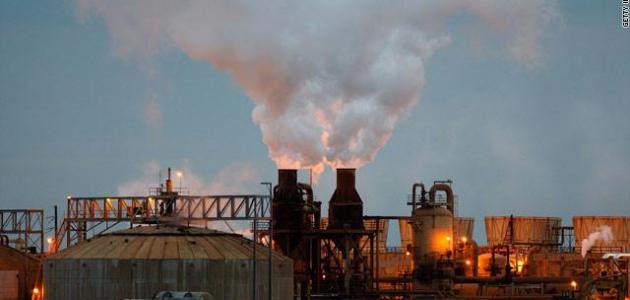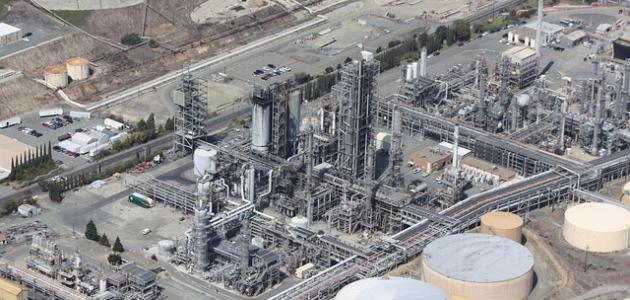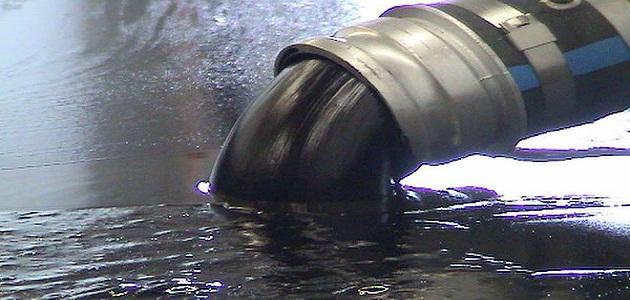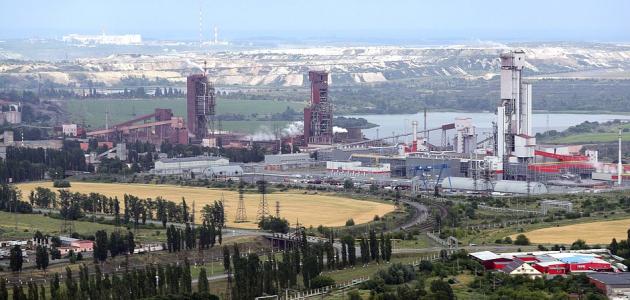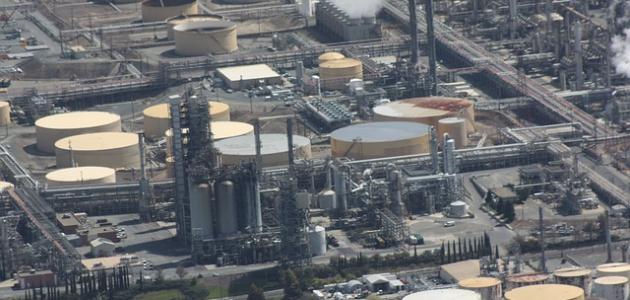Countries that possess alternative energy sources enjoy economic and material strength, and since the discovery of alternative energy, countries have sought to explore it in order to benefit from it in various matters of life, which contribute to the renaissance of society. The most widely used alternative energy source is natural gas, and below we will discuss it.
Natural gas
A hydrocarbon compound containing plankton in its composition; They are microscopic living organisms such as algae, organic materials from plants and animals, and other primary organisms, which were formed under the influence of intense pressure and heat at a temperature of more than 150 degrees Celsius in the sedimentary layers of the earth, seas, or oceans thousands of years ago at a depth of up to six thousand meters.
It is a gas that has no smell or color, and the smell that comes from it is merely some substances added to it to distinguish it. It is lighter than air, so it is subject to volatility and flammability if it is exposed to a heat source such as flame or electricity. It is placed in tightly sealed cylinders and is not filled completely to only 80%. %-85% to prevent explosions and the resulting human or material damage. It is considered an alternative source to oil, which is considered less expensive, higher quality, and cleaner for the environment.
Types of natural gas
- Methane percentage ranges between 70%-100%.
- Ethane presence ranges between 1%-10%.
- Broyan constitutes a very small percentage.
Benefits of natural gas
- It is considered an economic wealth as it provides a high financial income for the individual, increases the standard of living, and benefits the state in improving its economy and enhancing its strength.
- Natural gas is considered one of the safest alternative energy sources.
- Reduces noise pollution; Because the gas transportation process is carried out through equipment located underground.
- Prevents environmental pollution; Because it is a clean energy source.
- The United States of America took natural gas as an alternative to coal. Because it was cleaner in 1952 AD, it now constitutes a quarter of the energy consumed in it.
- Qatar has a prominent position in the production of liquefied natural gas, with an estimated production of approximately 23 billion cubic feet on a daily basis.
- The Chinese use natural gas as a means of extracting salts from the seas.
uses of natural gas
- It is used in various vital activities and everyday matters such as cooking, heating, and heating water. Factories rely on it to operate their machines, as fuel for cars, and as gas for refrigerators.
- It is used in power generation plants, where gas is burned and the resulting energy is used to generate electrical energy, which humans cannot do without in our modern era.
- It forms fossil fuels and contributes to the manufacture of steel and plastics.
- Cement is made from it.
- Desalination of sea water.
- It is used in the chemical and vehicle spare parts industries.
- Separating the components of oil from each other using the energy generated from burning gas.
- It is used in the textile and clothing industry.
- It is used in the manufacture of detergents such as soap and others, paints, insulating materials, and cassette tapes.
- Many companies have turned to making cars that run on natural gas, including Mercedes, Scania, MAN, Volvo, General Motors, Fiat, Toyota and many others.
The effect of natural gas on humans
- Inhaling gas causes some symptoms, including nausea, dizziness, vomiting, difficulty seeing, difficulty breathing, and death.
- No effects or allergies have been proven upon contact with the skin or eyes.
